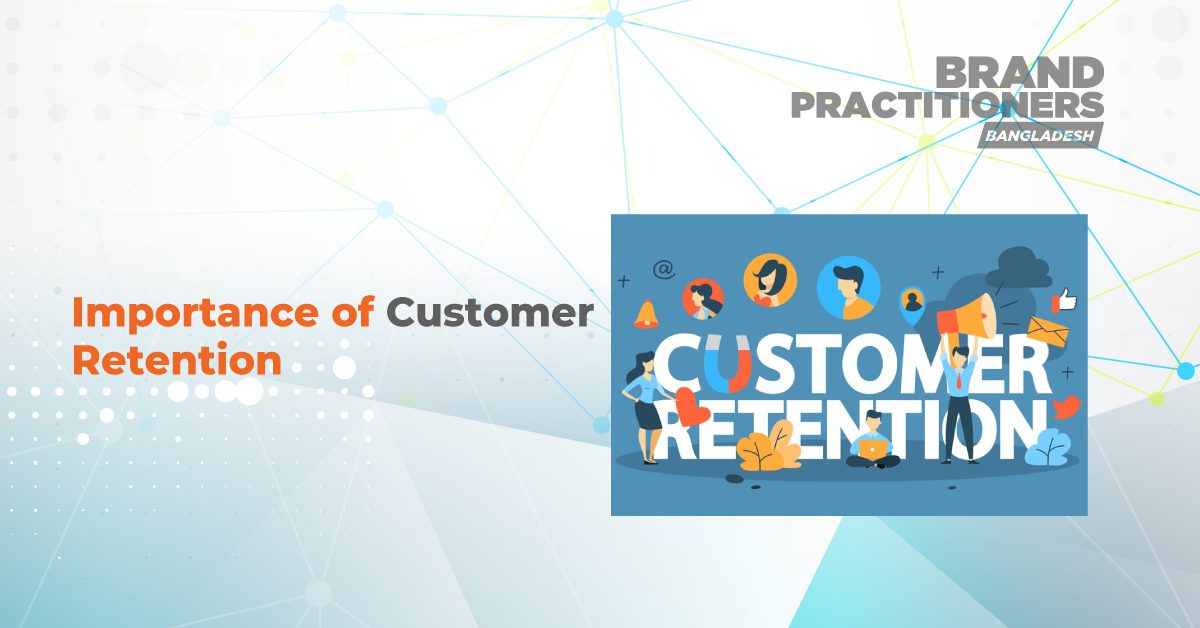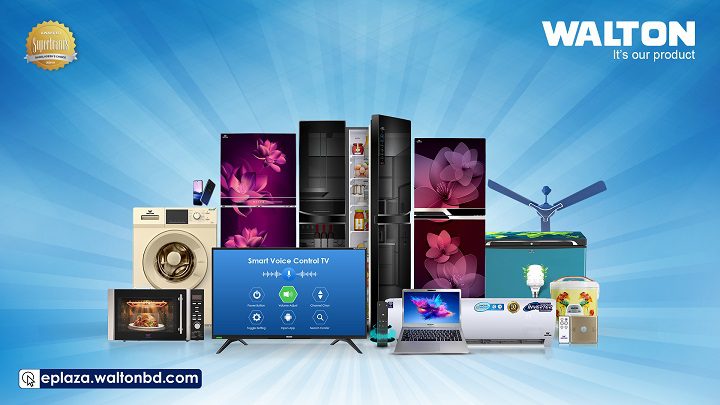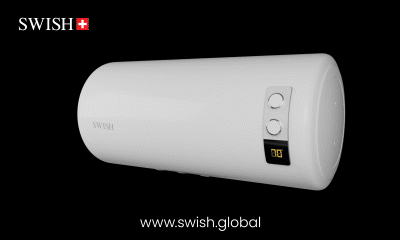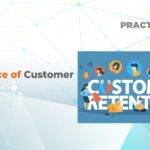What is Customer Retention?
Customer retention is a measure of customer loyalty and refers to how well a brand or company can keep its customers returning over time. High customer retention rates mean that a majority of your customers are repeatedly choosing to purchase your products or services, deepening their relationship with your brand as they climb the customer loyalty ladder.
Retaining customers may mean convincing them not to defect to a competitor or keeping them engaged with your brand, product, or service to prevent lapse and churn. Businesses use a variety of customer retention tactics and strategies to encourage customers to return, including customer relationship management, customer loyalty programs, loyalty offers, and rewards.
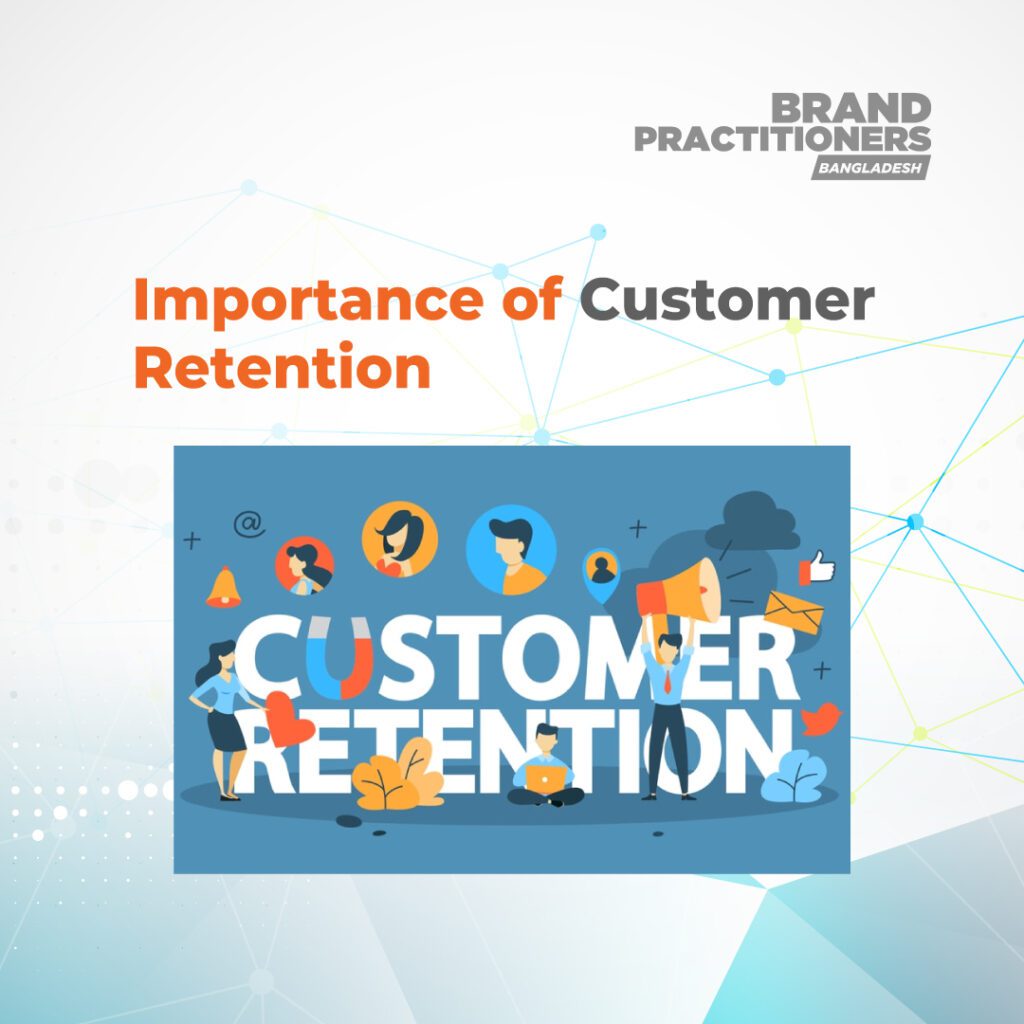
Why is Customer Retention Important to Every Brand?
Historically speaking, companies have often undervalued customer retention’s importance, instead concentrating on customer acquisition in an effort to demonstrate growth to their stakeholders. Research has shown that 44% of companies make acquisition the priority, while only 18% focus on retention.
However, these numbers are shifting as more brands and marketers recognize how critical customer retention is to revenue growth and long-term business success. Existing customers have a 70% likelihood of making a purchase (vs. 20% for new customers), they buy as much as 31% more on average, and their customer lifetime value (CLV) is estimated to be 10x that of their first purchase. For online retailers, more than 40% of their revenue is generated by just 8% of their customer base—the customers who are most loyal.
It’s also typically less expensive to retain customers than to attract them. In surveys, 82% of companies agreed that retention is far cheaper than acquisition. In fact, according to the Harvard Business Review, it can be anywhere from 5x to 25x more expensive to acquire a new customer than to keep an existing one.
Added to that, COVID-19 completely shifted consumer shopping habits. Customers who once may have made decisions based solely on price or quality will now be considering online and offline shopping options. They’ll consider the brand’s social impact, and they’ll be looking into whether or not the brand provides them with an engaging and fun experience. This environment makes acquiring new customers even more challenging and retaining existing ones even more critical.
Measuring Your Customer Retention Strategy: Customer Retention KPIS
To build a strong retention strategy, it is crucial to recognize your brand’s strengths and weaknesses. Measuring and setting goals against key metrics (customer retention KPIS) gives insight into how well your strategy is working to retain customers. How customer retention is measured will differ from brand to brand. While there are over 10 Key Customer Retention Metrics You Should Be Using to Track, here are a few customer retention KPIS to start a strong customer retention strategy:
- Churn Rate: The churn rate will help visualize the percentage of customers who have stopped interacting with your business.
- Customer Retention Rate: The customer retention rate will provide a glimpse into how many loyal customers you have provided business to over a set time period.
- Existing Customer Revenue Growth Rate: This metric will measure the revenue generated from your customer success, retention, and loyalty efforts.
- Customer Lifetime Value: Use this metric to measure the amount of revenue generated by a single customer.
Building a Successful Customer Retention Strategy
Brands need to adopt to survive a world where customer loyalty is no longer assured. Consumers have an infinite number of choices; they expect personalization, need relevancy, and desire an emotional connection. Three-quarters of consumers are more inclined to shop at brands that make their loyalty experience fun and rewarding. And two-thirds frequently make purchases in order to advance their status in loyalty programs.
The best customer retention strategies are built on business goals and understanding the right actions customers need to take to go from first purchase to lifetime brand loyalist. One of the best ways to do that is with dynamic offers. With dynamic offers, brands can explicitly define and target incremental behaviors such as spend, visits, and engagement at the individual level in order to maximize revenue from each customer. Then the machine learning from a platform like Formation’s creates personalized offers that incentivize customers to take those actions based on their previous purchases and brand interactions. Dynamic offers use machine learning to analyze that data and provide a balance of highly-personalized rewards and non-transactional actions the consumer can use or take, which can create that emotional connection that drives real brand loyalty.
After identifying the metrics you’ll be using, make sure all decisions keep customers top of mind. Ensure you’re setting yourself up to grow and connect with customers through their journey by creating a flexible tech stack that continuously adapts to changing consumer behaviors and optimizes offers and experiences based on new data.
More:
The Future Of Marketing: More Creative, Customer-Centric
TOP 15 ADVERTISING AGENCIES IN BANGLADESH


